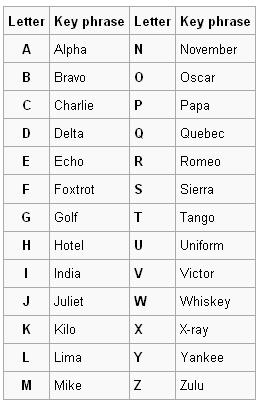During the Tang Dynasty, there was a man named Wigo. He wanted to find a partner but no suitable girl showed up, so he decided to travel instead. One day, he came across a strange old man. In fact, the old man was Wolha-noin, a man who could tie a sacred bond between a man and a woman with a red string. Wigo, already desperate, begged the old man to tell him who his future spouse was. The old man, simply pointed to the three year-old daughter of a poor vegetable store owner. Wigo was furious and he told his subordinate to kill the child, but luckily she survived with only a scar between her eyebrows.
14 years later, Wigo finally married a beautiful, nubile wife. However, Wigo’s wife never appeared to show her forehead. Wigo found this strange and asked his wife: “Dear, why do you always hide your forehead?”. His wife replied: “When I was three years old, I was hit by a knife which left a scar between my eyebrows”. Wigo realised that his wife was the child from the past and begged for her forgiveness. The two, as predicted by Wolha-noin, lived happily ever after as man and wife.
According to this legend, we are all born with a red string tied to our little finger. This red string is tied on the other end to the little finger of your true love, with every person in the world having a destined partner. It is said that if two people who are linked with the red string meet, they will fall head over heels for each other and eventually marry.
The legend of the red string is, in some ways, half mythical and half true. Of course it is impossible to follow some string to your true love (how good would that be?), but whatever people say, there is somebody out there for you to love and be loved by. However, unlike the legend of the red string, you do not have just one person you are destined to wed. If we were truly born with one destined partner, then what guarantee is there that they would be born or live in the same place as you, let alone the same time period as you? If this is true, then it would be statistically improbable for a “happy couple” to form. But look around you. Happy couples are everywhere. This tells us that we are not bound to love only one person. Yes, the “red string” is not a single predestined bond, but a symbol of someone who is just right for you. “The One” is simply someone who is right for you, someone who lives in the same time and place as you, someone that makes you happy and someone you want to make happy. Whether there is one, ten or a hundred of these people depends on your preferences and your heart. So never lose hope and believe that you will be forever alone. Somewhere, “The One” who fits the empty spots of your heart like a puzzle piece is looking for you too.
Love is not a single strand of red string, but a network of countless strings crossing each other. When the string of the person that perfectly complements you crosses your string, you must make a decision. Will you continue onwards in the same direction as before? Or will you make all the effort to bend your string so that you can travel with your true love, side-by-side? If you two are truly meant to be, only then will a real red string form between your hearts. As the two lovers get to know each other and spend time with each other, the line shortens and shortens until someday, the two become one.











